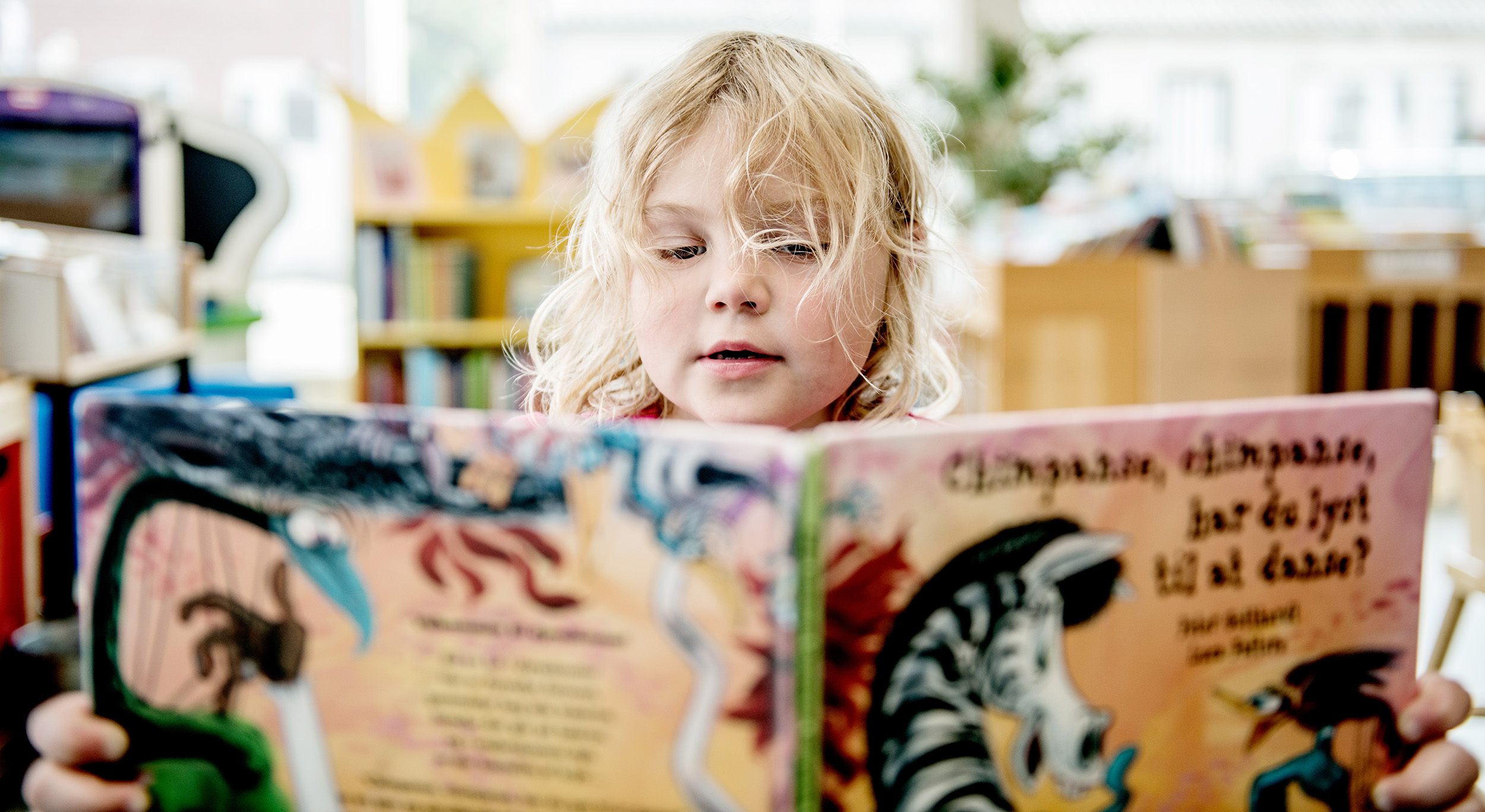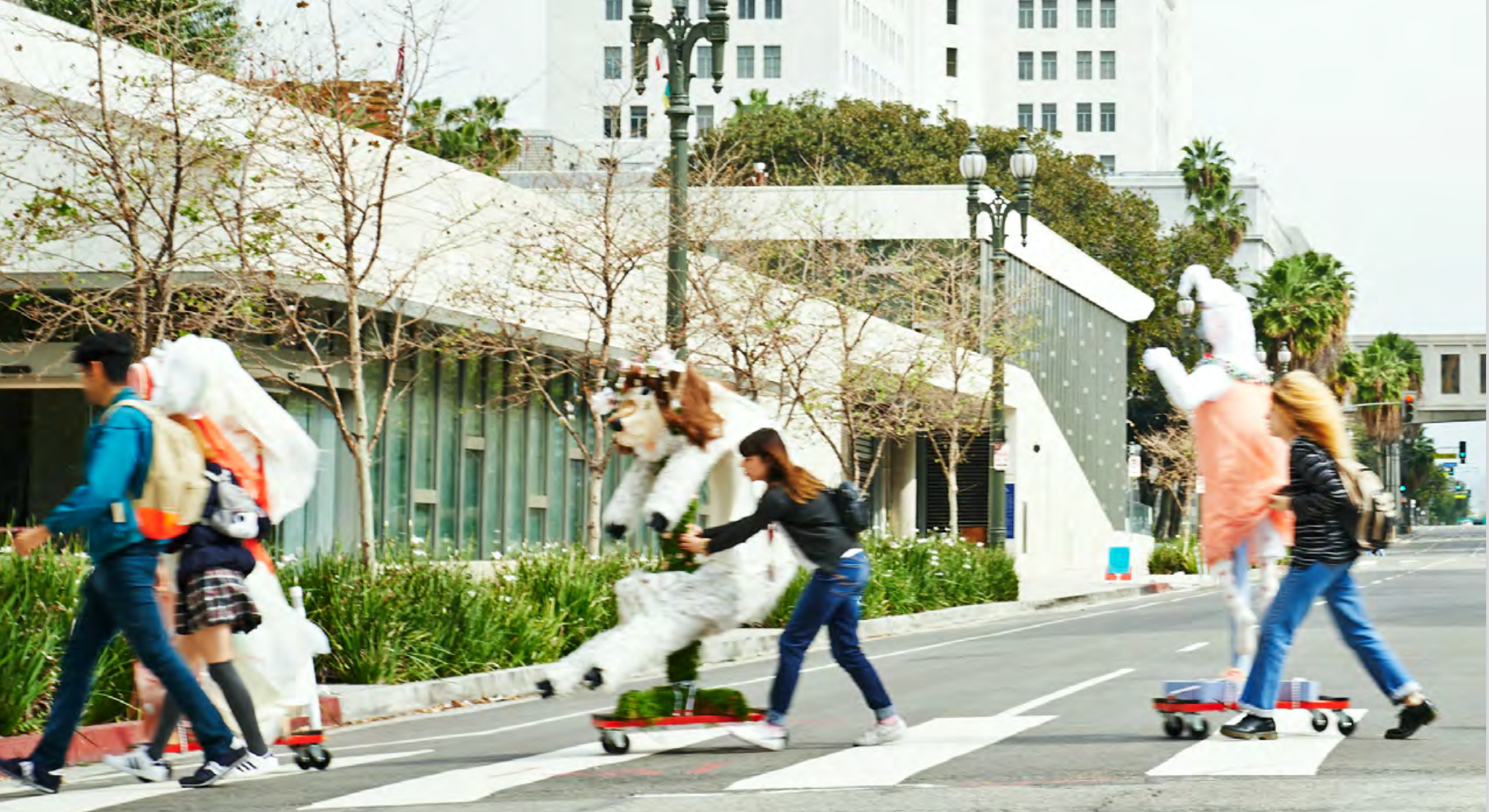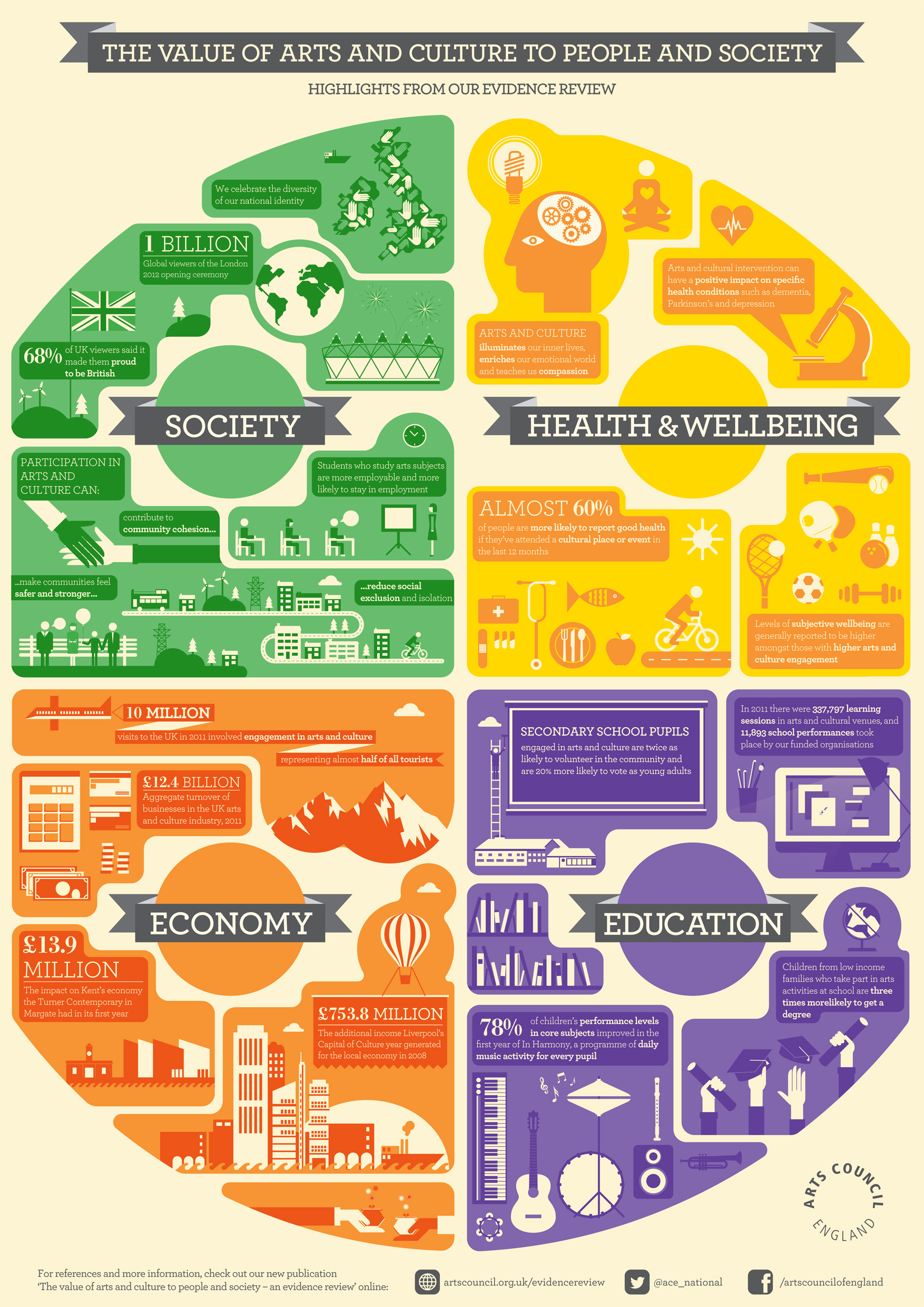
Can the Arts Get Under the Skin?
Arts and Cortisol for Economically Disadvantaged Children. Poverty influences physiological systems that respond to stress, as indexed by the hormone cortisol. The result is a

Arts and Cortisol for Economically Disadvantaged Children. Poverty influences physiological systems that respond to stress, as indexed by the hormone cortisol. The result is a

Creating Our Future webinar sessions. Australia’s arts and creativity are among our nation’s most powerful assets and will play a critical role in Australia’s future

Moving classes into an artistic setting is good for pupils, teachers and the institutions. It could also safeguard our cultural heritage. One of the most

Arts Council Annual Lecture 1996. I believe that we are all innately responsive to the arts, but that our natural response is rarely nurtured, and

Step by step: arts policy and young people takes a historical stance on the development of government policy in the UK designed to increase arts

Some of the lessons from this retrospective focus are: That historical precedents should be analysed and insights incorporated into the policy development process. That restructuring

This multi-method project asks what the arts, in transdisciplinary learning spaces, can contribute to primary education. We position our work at the interstices of: the

In book: On Art and Science (pp.291-312). In this chapter, we examine a collection of drawings, and paintings from South African students between the ages

A report about experience and learning from a two-year research project in Umeå, Sweden. Many schools in Sweden are facing major problems with school fatigue,

A 2019 Fabian Society report Primary Colours reveals that two thirds (68%) of primary school teachers in England say there is less arts education now

Primary school-aged children in England have been suffering a shocking decline in the arts education they receive since 2010, according to a new survey of

Tate says many state schools ‘starved of the resources to support access to culture’. The decline of arts education in England’s schools is seen by

The predominant research in this area can be found within the framework of Arts Education where education is understood in a broad sense and includes

A research design for children and young people’s encounters with art in school With the Danish school reform in 2014, the open school was introduced,

Room to Rise is the result of a multi-year collaboration between the Whitney Museum of American Art, the Walker Art Center, the Contemporary Arts Museum

The Partnership for Arts Integration Research (PAIR) Project

Taking students to an art museum improves critical thinking skills, and more

Consolidating five years of evaluation learning from Sistema Scotland’s Big Noise centres

There are five key ways that arts and culture can boost local economies: attracting visitors; creating jobs and developing skills; attracting and retaining businesses revitalising

President’s Committee on the Arts and Humanities

– impact evaluation

Artist in Residence, evaluation report 2020

Global Research Compendium on the Impact of the Arts in Education

– Why Investment in Culture Pays

Barndrømmen
Children Need Arts
Foundation
Grønningen 15
DK 1270 Copenhagen C
Denmark
df@barndroemmen.dk
+45 2835 9656
© Copyright 2023 – Children Need Arts.
Credits: Barndrømmen – Photo credits.